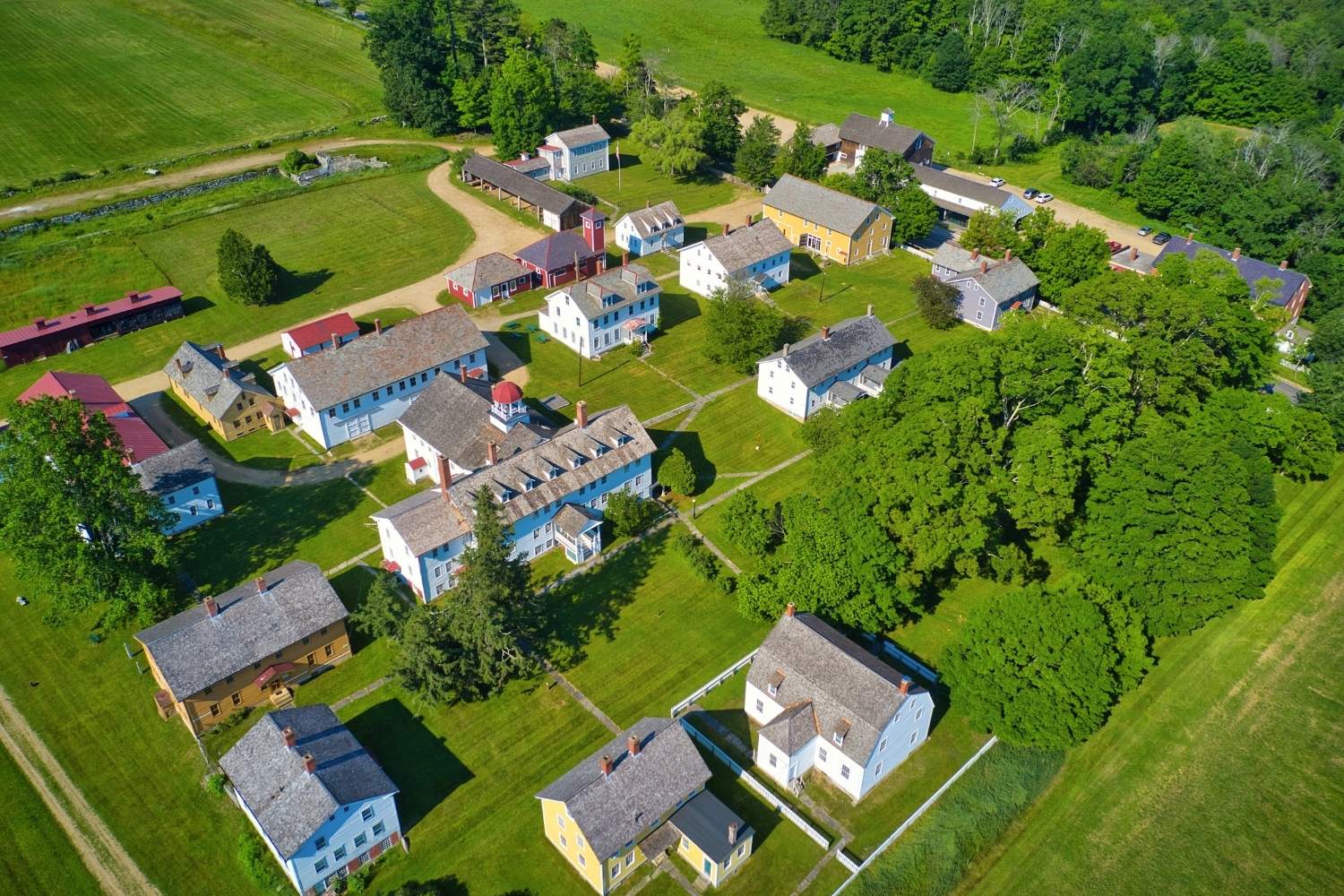Hidden Relics Of A Shaker Village

Ever wondered what life was like in a Shaker Village? These unique communities, known for their simple living, innovative craftsmanship, and communal lifestyle, offer a fascinating glimpse into a bygone era. Walking through a Shaker Village feels like stepping back in time. You can see beautifully preserved buildings, intricate furniture, and lush gardens. Each element tells a story of hard work, faith, and community. Whether you're a history buff or just curious, visiting a Shaker Village provides a rich, educational experience. Ready to learn more about these hidden relics and the people who built them? Let’s dive in!
Discovering the Hidden Relics of a Shaker Village
Shaker villages are treasure troves of history, culture, and craftsmanship. These communities, known for their simple living, architecture, and furniture, have left behind fascinating relics. Let's explore some hidden gems you might find in a Shaker village.
Historical Buildings
Shaker villages are home to many well-preserved buildings that tell the story of a bygone era. Each structure has its own unique charm and history.
Meeting House: The heart of any Shaker village, the Meeting House served as a place for worship and community gatherings. Its simple yet elegant design reflects Shaker values.
Dwelling House: These large communal living spaces housed the Shakers. Each Dwelling House is a testament to their communal lifestyle and efficient use of space.
Workshops: Shaker craftsmanship is legendary. Workshops where they made furniture, textiles, and other goods are often still standing, filled with tools and workbenches.
Unique Artifacts
Beyond buildings, Shaker villages hold numerous artifacts that offer a glimpse into daily life.
Shaker Boxes: These oval boxes, known for their craftsmanship and utility, are iconic Shaker artifacts. They were used for storage and are highly collectible today.
Furniture: Shaker furniture is renowned for its simplicity and functionality. Chairs, tables, and cabinets from the period are often found in these villages.
Textiles: The Shakers were skilled weavers and knitters. Handwoven blankets, rugs, and clothing items are often preserved in these communities.
Gardens and Orchards
Shakers were also known for their agricultural practices. Their gardens and orchards were meticulously planned and maintained.
Herb Gardens: Shakers grew a variety of herbs for medicinal and culinary purposes. These gardens are often still maintained and provide insight into their self-sufficient lifestyle.
Fruit Orchards: Apple orchards and other fruit trees were common in Shaker villages. These orchards not only provided food but also a source of income through the sale of produce.
Hidden Pathways and Trails
Exploring a Shaker village often means wandering down hidden pathways and trails that connect different parts of the community.
Stone Paths: Many Shaker villages feature stone pathways that have been worn smooth by generations of footsteps. These paths often lead to scenic spots or important buildings.
Woodland Trails: Surrounding forests often have trails that were used by the Shakers for gathering firewood, hunting, or simply enjoying nature. These trails offer a peaceful retreat.
Cemeteries
Shaker cemeteries are serene places that reflect the community's beliefs and values.
Simple Gravestones: Shaker gravestones are typically simple and unadorned, reflecting their belief in humility and equality. These cemeteries are quiet places for reflection.
Memorial Gardens: Some Shaker villages have memorial gardens where flowers and plants are carefully tended, honoring those who have passed.
Museums and Exhibits
Many Shaker villages have museums or exhibits that showcase their history and culture.
Shaker Museum: These museums often house extensive collections of Shaker artifacts, from furniture to clothing to tools. They provide a comprehensive look at Shaker life.
Interactive Exhibits: Some villages offer interactive exhibits where visitors can try their hand at Shaker crafts or learn about their agricultural practices.
Conclusion
Exploring a Shaker village is like stepping back in time. From historical buildings to unique artifacts, gardens, pathways, cemeteries, and museums, these hidden relics offer a fascinating glimpse into the lives of the Shakers.
Discovering Shaker Village Relics
Exploring the hidden relics of a Shaker village offers a unique glimpse into a fascinating past. These artifacts tell stories of a community that valued simplicity, hard work, and innovation. From handcrafted furniture to intricate tools, each piece reflects the Shakers' dedication to quality and functionality. Visiting a Shaker village is like stepping back in time, where you can see firsthand how they lived and worked. It's a chance to appreciate the craftsmanship and ingenuity that defined their way of life. Whether you're a history buff or just curious, these relics provide a tangible connection to a bygone era. So next time you're looking for an enriching experience, consider a trip to a Shaker village. You'll leave with a deeper understanding and appreciation of this unique American heritage.

